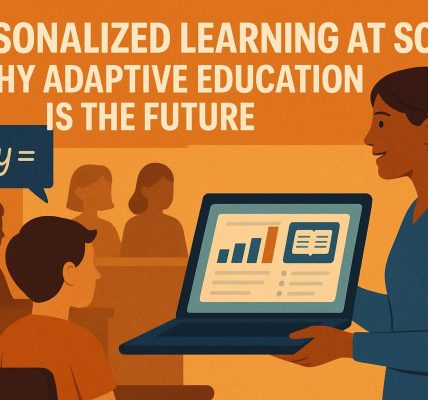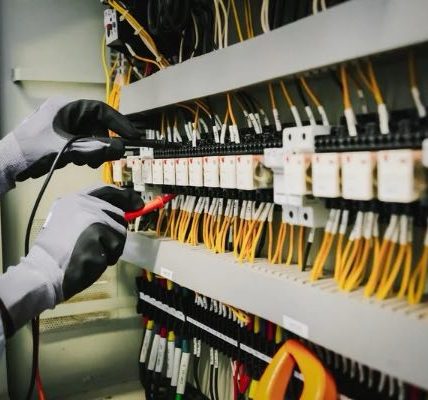Ayushman Bharat, a flagship initiative by the Government of India, was launched in response to the National Health Policy 2017. Its goal is to achieve Universal Health Coverage (UHC) and align with the Sustainable Development Goals (SDGs), emphasizing the commitment to “leave no one behind.” This ambitious scheme marks a significant shift from a segmented health service delivery model to a comprehensive, need-based healthcare approach. Here is all you need to know about Ayushman Bharat Yojana and Pradhan Mantri Jan Arogya Yojana [PM-JAY]:

Transitioning to Comprehensive Healthcare
Ayushman Bharat marks a significant shift from a fragmented, sector-specific approach to a more integrated healthcare delivery system. The scheme is structured to address various healthcare needs through comprehensive interventions spanning prevention, promotion, and ambulatory care at primary, secondary, and tertiary levels. It operates on a continuum-of-care model, consisting of two key components:
– Health and Wellness Centres (HWCs)
Launched in February 2018, the Government of India aims to establish 1,50,000 HWCs by transforming existing Sub Centres and Primary Health Centres. These centres provide Comprehensive Primary Health Care (CPHC) to make essential health services more accessible. HWCs focus on maternal and child health, non-communicable diseases, and offer essential medications and diagnostics. By promoting health and preventive measures, HWCs encourage communities to adopt healthier behaviors and engage in health matters.
– Pradhan Mantri Jan Arogya Yojana (PM-JAY)
Inaugurated on September 23, 2018, PM-JAY is the second pillar of Ayushman Bharat and the world’s largest health assurance scheme. It offers health coverage of ₹5 lakh per family per year for secondary and tertiary care hospitalization to over 12 crore poor and vulnerable families, benefiting around 55 crore individuals. Eligibility is based on deprivation and occupational criteria from the Socio-Economic Caste Census 2011 (SECC 2011).
Key Features of PM-JAY

The Pradhan Mantri Jan Arogya Yojana (PM-JAY) is a government-funded initiative designed to prevent catastrophic health expenditures that drive approximately 6 crore Indians into poverty each year. It provides comprehensive healthcare coverage to economically vulnerable families, with key features including:
– Government-Funded: Fully financed by the government, PM-JAY aims to protect families from significant healthcare costs.
– Comprehensive Coverage: The scheme covers pre-hospitalization costs (up to 3 days) and post-hospitalization expenses (up to 15 days), including diagnostics and medicines.
– Health Insurance Coverage: It offers health insurance coverage of up to ₹5 lakh per family per year for secondary and tertiary hospitalization, encompassing hospitalization expenses, pre- and post-hospitalization costs, and certain outpatient services.
– Free Treatment: Beneficiaries can access cashless treatment at empaneled hospitals nationwide, including both public and private facilities.
– Family Flexibility: There are no restrictions on family size, age, or gender, and all pre-existing conditions are covered from day one.
– Wide Range of Services: The scheme encompasses various health services, including surgeries, therapies, and medications associated with inpatient care.
– Portability: Beneficiaries can utilize services across the country at any empaneled public or private hospital without prior enrollment.
Benefits for Senior Citizens
On September 11, 2024, the Union Cabinet approved a major expansion of the PM-JAY program to include all senior citizens aged 70 and above, regardless of income. This expansion will provide free health insurance coverage of up to ₹5 lakh per family, benefiting around 4.5 crore families and approximately 6 crore senior citizens. Noteworthy new developments include:
– Distinct Card: Senior citizens will receive a unique PM-JAY card for their benefits.
– Top-Up Coverage: For families already enrolled in PM-JAY, senior citizens will receive an additional ₹5 lakh cover.
– Choice of Schemes: Seniors currently benefiting from other public health schemes can choose to continue with their existing coverage or opt for PM-JAY.

Exclusions from the Ayushman Bharat Yojana Scheme
– Non-Empaneled Hospitals
– Specific Procedures and Treatments
– Pre-Existing Conditions like chronic diseases may have specific exclusions
– Family Income exceeding ₹5 lakh are not eligible for coverage.
– Government Employees
Critical Illnesses and Diseases Covered by the Ayushman Bharat Yojana Scheme
– Cardiovascular Diseases like heart attacks, heart surgeries, and angioplasties.
– Cancer Treatments
– Neurological Disorders like strokes, epilepsy, and multiple sclerosis.
– Kidney Diseases Treatments
– Respiratory Diseases like chronic obstructive pulmonary disease (COPD) and pneumonia.
– Maternity Benefits Cover childbirth, cesarean sections, and other related complications.
– Other Major Conditions Including treatments for accidents, severe injuries, and any other major illnesses requiring hospitalization.
Latest News About PM-JAY:
India’s Pradhan Mantri Jan Arogya Yojana (PM-JAY) is expanding its healthcare reach by using drone technology to deliver essential medical supplies to remote and underserved areas. AIIMS Bhubaneswar recently conducted a successful trial in Odisha, where a drone transported blood supplies over 120 kilometers to a community health center. This trial showed the potential for drones to effectively navigate difficult terrains, which can be challenging for traditional vehicles. AIIMS Bhubaneswar plans to further develop this initiative to include emergency medications and other critical health supplies to strengthen rural healthcare access.
This initiative aligns with broader efforts across India to integrate drones into healthcare logistics. Notably, companies like Skye Air Mobility, in partnership with Cipla, are already piloting similar delivery systems in regions like Himachal Pradesh, showing promising results for drug delivery to high-altitude and remote areas. These efforts underscore a growing recognition of drone technology as a transformative tool for India’s healthcare system, especially for regions facing logistical barriers.
Frequently Asked Questions [FAQs]
Is a Ration Card necessary for generating a PMJAY card?
Yes, a Ration Card is generally required to verify the family unit during the PMJAY card generation process.
What should I do if I don’t have a Ration Card?
If you lack a Ration Card, you may need to provide alternative documents to prove your family unit, such as the SECC-2011 ID, or seek help from local authorities to establish your eligibility.
Is it acceptable to submit a digital version of my Ration Card?
Absolutely! A digital copy of your Ration Card is valid for verification purposes.
Where can I apply for my PMJAY card?
You can generate your PMJAY card at a Common Service Center (CSC) or at an empanelled hospital.
What types of medical treatments does PMJAY cover?
PMJAY provides coverage for a broad range of medical treatments, including common illnesses, surgeries, and critical diseases such as cancer and heart conditions.
Is there a limit on the number of family members that can be included?
No, there is no limit on the number of family members that can be covered under PMJAY.
Are pre-existing conditions covered by PMJAY?
Yes, PMJAY includes coverage for all pre-existing conditions from the day of enrollment.
What should I do if my PMJAY card gets lost or damaged?
If your PMJAY card is lost or damaged, you can obtain a replacement by visiting a CSC or an empanelled hospital.
Summary
Ayushman Bharat, through its two major components—HWCs and PM-JAY—represents a monumental step toward improving healthcare access and affordability in India. By addressing the healthcare needs of the vulnerable populations and providing significant financial protection against medical emergencies, this initiative sets a strong foundation for a healthier future for millions of Indians. The recent expansions further enhance its inclusivity, ensuring that even the most vulnerable groups, like senior citizens, are not left behind.




